“It costs five times as much to acquire new customers than it does to keep existing ones” is a saying that only begins to scratch the surface of why renewals are so important. In the SaaS world, where revenue generation and business growth depends on the customer’s decision to renew, the customer renewal process demands even more attention.
Despite the obvious advantages of mastering and scaling the renewal process as SaaS companies grow, renewals still pose a big challenge for most. Some of the renewal management challenges for many businesses include:
- Lack of a customer-centric approach
- Overwhelmed CSMs managing renewals, health, and expansion.
- Too many customers for current headcount
- No harmony between teams and touchpoints involved in the renewal process
- Failed attempts at scaling renewals that end up in fire-fighting
- Problems interpreting data for accurate forecasts
- Poor automation and customer segmentation
- No proven renewal playbooks
- Customers derived little to no value
In this blog, we’ll delve into the cause of these problems and highlight the mindset, strategies, and best practices to scale the renewal process effectively. We’ll start with the basics and cover the different components of the renewal process, such as:
- The Customer
- Strategy
- Hiring and compensation
- Technology
- Best practices
What Is the Renewal Process for Customer Success?
The renewal process for customer success is the process of accessing and transacting the known renewal opportunities over a fixed period. For many startup companies, the renewal process usually begins with the personnel in charge of the account reaching out to customers to start the renewal conversation. The entire process is done on an ad-hoc basis using spreadsheets and a one-size-fits-all approach. It may go like this:
- A scheduled check-in call devoid of meaning or personalization
- Account review and summary of previous interactions
- Discovery of customer satisfaction and business outcome from the product
- Reactive selling with frantic promises in hopes of retaining accounts
More mature customer success organizations with optimized and scaled renewal processes with a goal-oriented and customer-centric approach. They scale by investing in:
- Automated and repeatable processes to manage renewals
- Understanding and meeting each customer’s business outcome
- A specialized team for the renewal motion
- Meaningful relationships, cadences, and touchpoints
- Reporting and predictive modeling for more accurate forecasts
Why Is the Renewal Process Important?
Totango reports that 56% of SaaS companies take renewals seriously. But many of those companies still take renewals as a perfunctory obligation. The reality is that businesses that continually invest in building strong relationships with their clients find it easier to retain customers and boost their bottom line. According to Bain & Company, a 5% increase in customer retention can deliver as much as a 25% to 95% increase in profits.
The renewal process’ success is also tied to Customer Lifetime Value (CLV), which directly influences Customer Acquisition Costs (CAC) realization and budgeting, profits, and long-term growth. According to Gartner Group Statistics, 80% of your future profits will come from 20% of your existing customers. In essence, renewals are the lifeblood of SaaS businesses. Getting renewals right and scaling them effectively is the litmus test of a valuable SaaS business.
Key Terms Related to the Renewal Process
-
Renewal Rate
The renewal rate is the percentage of customers who renew their subscription at the end of the subscription period. It is an indication of how much value your customers are deriving from your solution.
-
Renewal Manager
The renewal manager is dedicated to managing renewal conversations and executing renewal contracts. They ensure that customers are consistently successful with the product and renew their subscriptions.
How to Scale the Renewal Process?
Large, valuable businesses don’t just grow their renewal process; they scale it. Growth implies adding resources and costs that produce an equivalent increase in revenue. However, scaling the renewal process involves rapidly increasing revenue while adding resources incrementally and efficiently. These are the keys to scaling your renewal process effectively:
1. Customer
Sales, adoption, expansion, and renewal all start with the customer. SaaS customers buy products based on an expectation of value, which demands a shift to an outcome-based selling approach. Delivering promised value to each customer is vital to building long-term relationships with smoother renewals, making it easy to scale the entire process across the board. Hence, businesses need to develop new capabilities to capture, measure, and deliver outcomes proactively.
I. Capture Business Outcomes
The success of the renewal process is deeply connected to the sales process. Aligning outcomes during the sales motion allows for value demonstration during the renewal motion. Therefore, it is imperative that the sales team understands the customer’s journey, desired outcomes, industry, and challenges. To capture outcomes:
- Ask customers to state their expectations.
- Identify customer financial goals.
- Agree on clear and feasible objectives
- Create a plan and timeline for value realization
- Document goals and use them as a baseline KPI
II. Deliver, Measure, and Demonstrate Value
If possible, configure your proven solution to meet each customer’s unique goals. Develop playbooks, processes, and strategies to deliver and measure value delivered throughout the customer lifecycle journey. Ensure that all teams, including customer success, renewal, and expansion, are aware of each customer’s specific outcomes. They must also work together to accelerate the time to value for the customer.
Come contract renewal time, leverage actual outcome and value delivered to renew and expand accounts. Demonstrating value reduces the need for massive discounts or other monetary incentives that encourage renewals. If necessary, realign your objectives for the next phase after renewals.
2. Strategy
Once customer outcomes have been captured, you can proceed to design a scalable renewal process with a high chance of forecastable success. We’ll discuss the fundamental strategies and philosophies behind creating a best-in-class renewal motion that delivers a consistent and manageable experience, starting with who should own renewals:
I. Diversify Roles
An increase in the customer base, product complexity, or operation complexity can necessitate the evolution of the renewal process. All-in-one customer success managers are easily overwhelmed by these growing complexities. This is because they traditionally manage adoption, value realization, renewals, as well as expansion. Creating specialized roles and breaking out the revenue piece is the best way to ensure continued success in adoption, renewals, and expansion. This births three distinct roles:
-
Customer Success Manager
Customer success managers are focused on long-term goals, specifically driving adoption, delivering value, and ensuring ROI. They are also in charge of setting up interactions like Quarterly Business Reviews (QBRs), customer education, and helping customers implement as many features as possible. Specializing in adoption allows customer success managers to be proactive instead of firefighting.
-
Renewals Manager
Retention is the sole goal of renewal managers. They initiate the renewal conversation internally and hold different stakeholders accountable to do their quota towards renewals. On the customer’s end, they ensure that the service agreement is aligned with actual customer needs and identify renewal risks early. Renewal managers should only manage about 60 to 80 accounts and report to the customer success team.
-
Expansion Manager
Expansion managers focus on growing customer accounts by finding new opportunities to upsell and cross-sell. They educate customers on new ways they can derive additional value from the solution. Expansion managers report to the sales team.
II. Clarify Roles
It is essential that the stakeholders understand all the different roles and can communicate them to the customer clearly. All three teams should be aligned on who touches the customer and when. A nifty method for clarifying these roles to customers is through visuals that lay the roles out, put a face to the name, and detail what to expect from each team. This way, customers feel valued, and at the center of the relationship.
III. Ensure Harmony
Drive alignment between the three teams’ metrics to encourage harmony across the teams instead of mere handoffs. When targets are met, celebrate both little and big wins together as a team. When it comes to mid-market or enterprise customers, get all the teams in the same room to contribute to the renewal motion, and develop or redesign renewal playbooks.
You can prevent a jarring transition for customers by partnering renewal managers with customer success managers when you start scaling.
IV. Start Renewal Motion Early
The renewal process should begin once a renewal opportunity has been closed or onboarding completed for new customers. This proactive approach allows you to identify and understand risks early as you focus on delivering value. A new renewal opportunity should be created at least a quarter ahead of the contract expiration. If possible, businesses can create the renewal opportunity in perpetuity and automate the process going forward. Creating milestones and monitoring signals along the process help to get a clearer picture of customer health.
a. Milestones
These are the crucial moments in the renewal process when the renewal manager needs to communicate with the customer. A milestone can be the halfway point where the renewal manager conducts a pulse check. It may also be 90 days before contract expiration, and the customer is notified of the upcoming renewal.
b. Signals
Signals are hints that the customers are giving that should be taken as an opportunity to communicate with them about adoption, renewal, or expansion. Signals may be as obvious as a usage spike or as discrete as a new executive requesting to see the contract.
V. Encourage Early Renewals
Early renewals are practical and time-saving, even more so when you have many customers with the same renewal timeline. However, understanding the reasons why a customer would renew early is pivotal to maximizing its potential and scaling it. Sometimes, the customer is simply trying to reduce their workload at the end of the year or taking advantage of your early renewal incentives. If you know why, you can scale it seamlessly. If a customer refuses to renew early, it should always be seen as a red flag. You can encourage early renewals by:
- Offering a discount for the next contract
- Expanding accounts at a discount
- Removing the standard yearly price increase
- Demonstrate quick wins and value early
Start the renewal conversation by providing these options to the customers proactively to reduce negotiations or a need for further price reductions.
VI. Auto-Renew The Long Tail
As you grow, your renewal manager may be unable to cater to the long tail of customers individually. Auto-renewable contracts and self-service systems can foster renewals in the long tail of healthy customers. You can start by incentivizing your healthy customers to include an auto-renewing agreement or inviting them to your self-service system.
If the customer wants a more in-depth conversation, is unhealthy, or needs a signature on the contract, the renewals’ manager should pay more attention. In all, maintain transparency by notifying your clients of the renewal opportunity and their contract’s auto-renew state before renewal.
VII. Improve Renewals Forecasts
The customer success manager owns the CS Pulse, health, NPS, and relationship sentiment, which should all count towards the renewal forecast. Part of the renewals manager’s job is to challenge assumptions about customer renewals. In doing so, renewal managers uncover trends that the customer success manager may have missed or overlooked. That autonomy enables them to make an informed and realistic estimate of the likelihood of renewal for each customer, expressed as a percentage.
When combined, both inputs present a clearer picture of customer health. Focusing on accuracy has to be deliberate. Instead of hitting targets alone, incentivizing your team around forecast accuracy can make for more accurate renewal forecasts. Celebrating accuracy also encourages both teams to put more effort into delivering precise forecasts in combination.
3. Hiring and Compensation
Hiring renewal managers isn’t a typical process, since there aren’t many candidates out there with many years of experience. However, personnel with account management, sales, or customer success experience are excellent places to start your search. Also, consider the unique skills that can help take the business to the next level. Below are five key competencies you should be looking for in a renewals manager:
- Number/Goal-Driven
- Internal relationship-building skills
- Ability to see the big picture
- Creative problem solver
- Customer-centric
I. Interview Process
Start by examining their background to understand why they chose that line of work to understand their decision-making process. Renewal managers need to be able to articulate themselves with you and your customers clearly. You can also pose real scenarios with complex options to evaluate their creativity and problem-solving capabilities. Test the candidate’s organizational abilities by requiring them to prioritize client needs based on multiple attributes, including ARR, health score, employee data, and so on.
II. Compensation
A typical compensation plan for renewal managers is an 80/20 split for the base and variable compensation. However, the type or number of customers they cater to, and other factors, may necessitate an adjustment. The variable compensation may partly include expansion and term conversions to incentivize renewal managers towards expansion and signing longer contracts.
4. Technology
Like customer success, renewals need to be driven by technology for them to scale. The right technology stack helps track renewals, identify renewal risks, harmonize cadences and outreaches across teams, design playbooks, and automate processes. Outreach reminders and templates can always be automated, although the message should be personalized for each client.
You can use Salesloft to set up cadences that ensure proactive outbound communication with customers. Another useful technology is FrontApp – an inbound communication platform that displays customer interaction in a way that all teams can access. Beyond communication, you can use platforms that allow your long tail of customers to self-serve without having to wait on the renewal manager. Companies like Slack have used a similar approach to grow without a massive sales team.
A popular CRM is Salesforce, which can be used to track engagement with customers to ensure the renewal manager has access to the full customer history. It can also be used for opportunity management so all stakeholders can keep notes on the opportunity, the renewal process, blockers, and reasons for churn.
Renewal Process – Best Practices, Tips, and Reminders
Here are some more useful tips for scaling the renewal process:
a. Put your customers first
Be ready to evolve with your customers. Understand their journeys and anticipate their needs to address their pain points and deliver value. Create a positive experience around a product that customers already love, and both renewals and expansion will be much easier and more scalable. Adjust the corporate mindset across all departments to focus on value over revenue.
b. Clear and Actionable Communication
Once your customers understand the renewal managers’ role, endeavor to keep communication clear, transactional, and personalized.
c. Stay in Touch with Customers
Create milestone moments along the customer journey to evaluate the customer relationship and value-driven. Your baseline renewal milestones can include:
- Graduation moment – Educate customers about the three key roles
- 6-month mark – Ask how you can provide more value and collaborate on goals
- 90-days before renewal – Serve renewal notice and ask more questions
d. Log Expansion Differently
Any expansion opportunity that comes out of the renewal process should be logged as a separate opportunity to prevent skewing monetary KPIs and better track expansion.
e. Handle Escalations Quickly
A dedicated escalations team can assist renewal managers to analyze risks and plan a course of action. Escalation teams may be reactive to customer signals, such as a technical issue or sudden financial crisis, but if integrated well, their specialized expertise can reduce churn risks and realign goals faster.
f. Develop Renewal Playbooks
Document the processes you use to renew a customer, touchpoints in their lifecycle, signals to monitor, automation, and how to handle adoption issues or escalations. Develop renewal playbooks based on those processes so that all teams are informed of their roles and can contribute to improving the process.
Summary
Businesses must first understand why their customers renew and ensure their business needs are met systematically. The role of a renewal manager should then be created to further streamline the renewal process. The renewal manager continually collaborates with customer success and expansion teams to provide customers with the best service and renewal experience.
If you need more guidance with managing or scaling your renewal motion, you are welcome to contact us today.

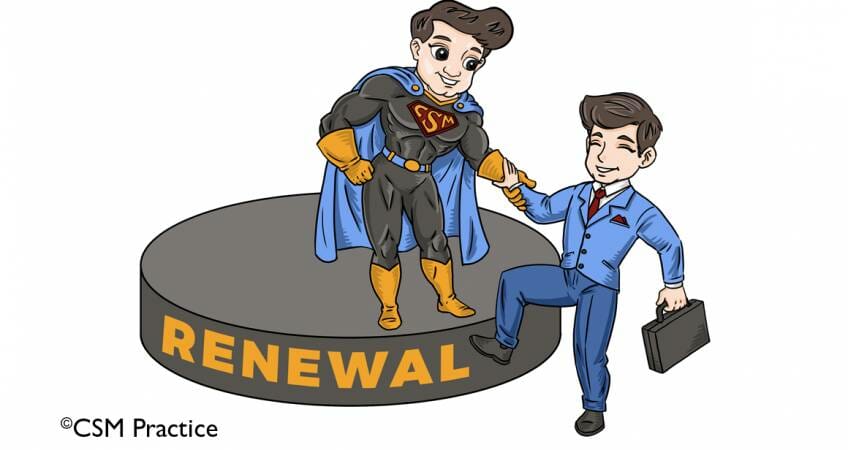
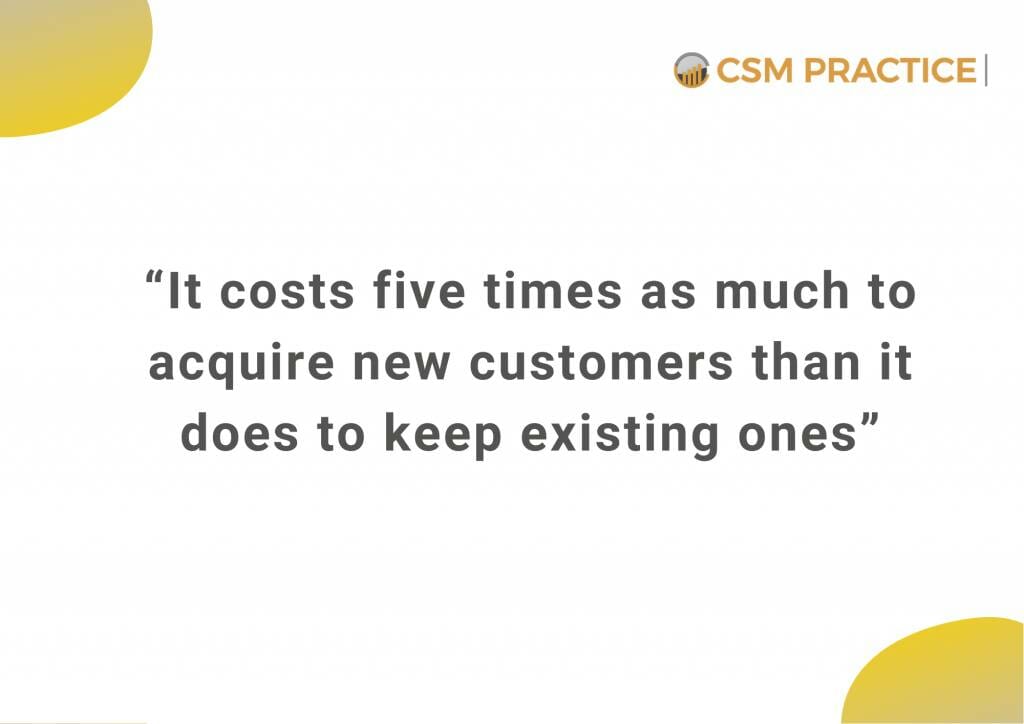
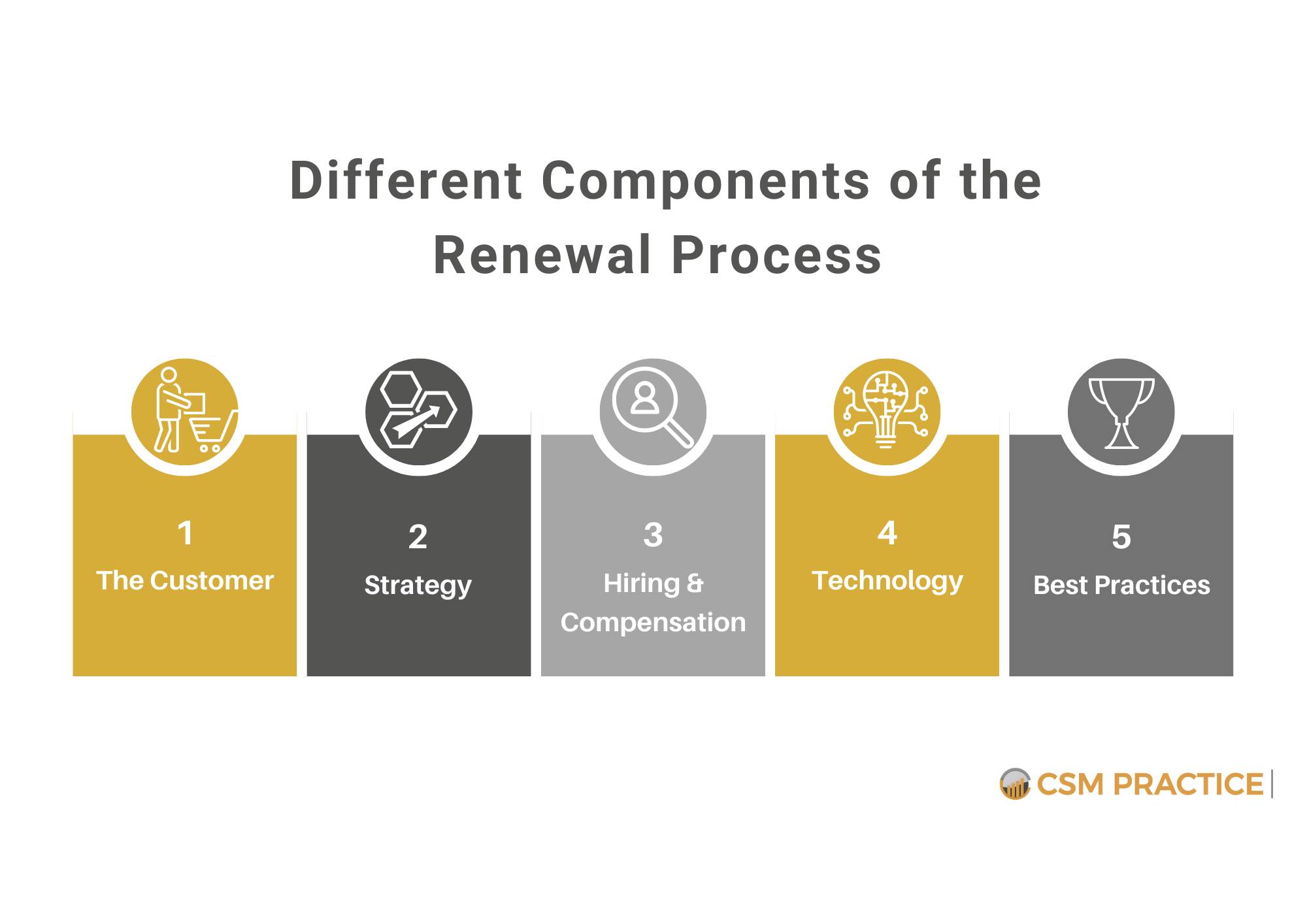
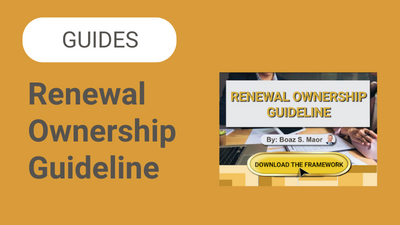
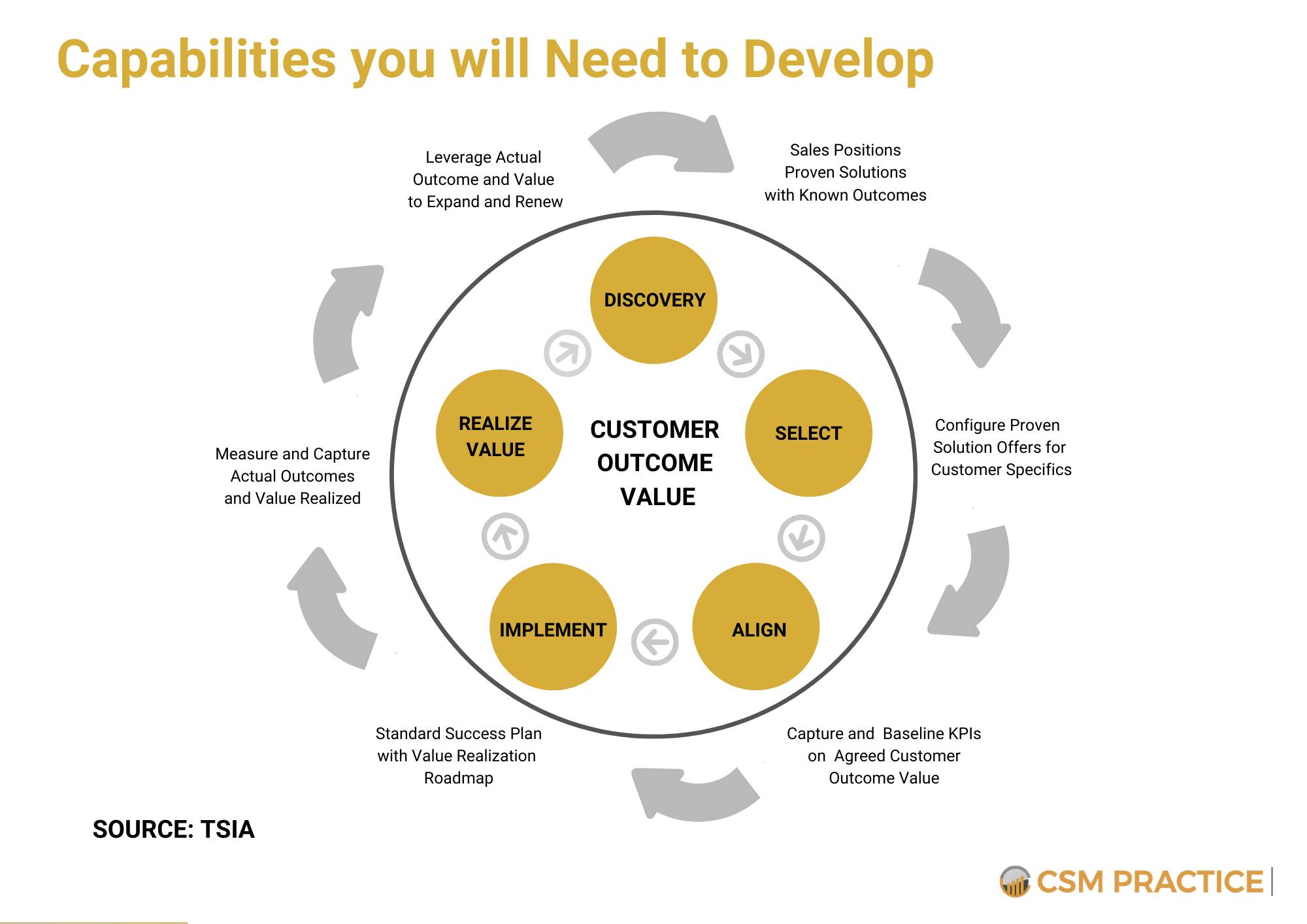


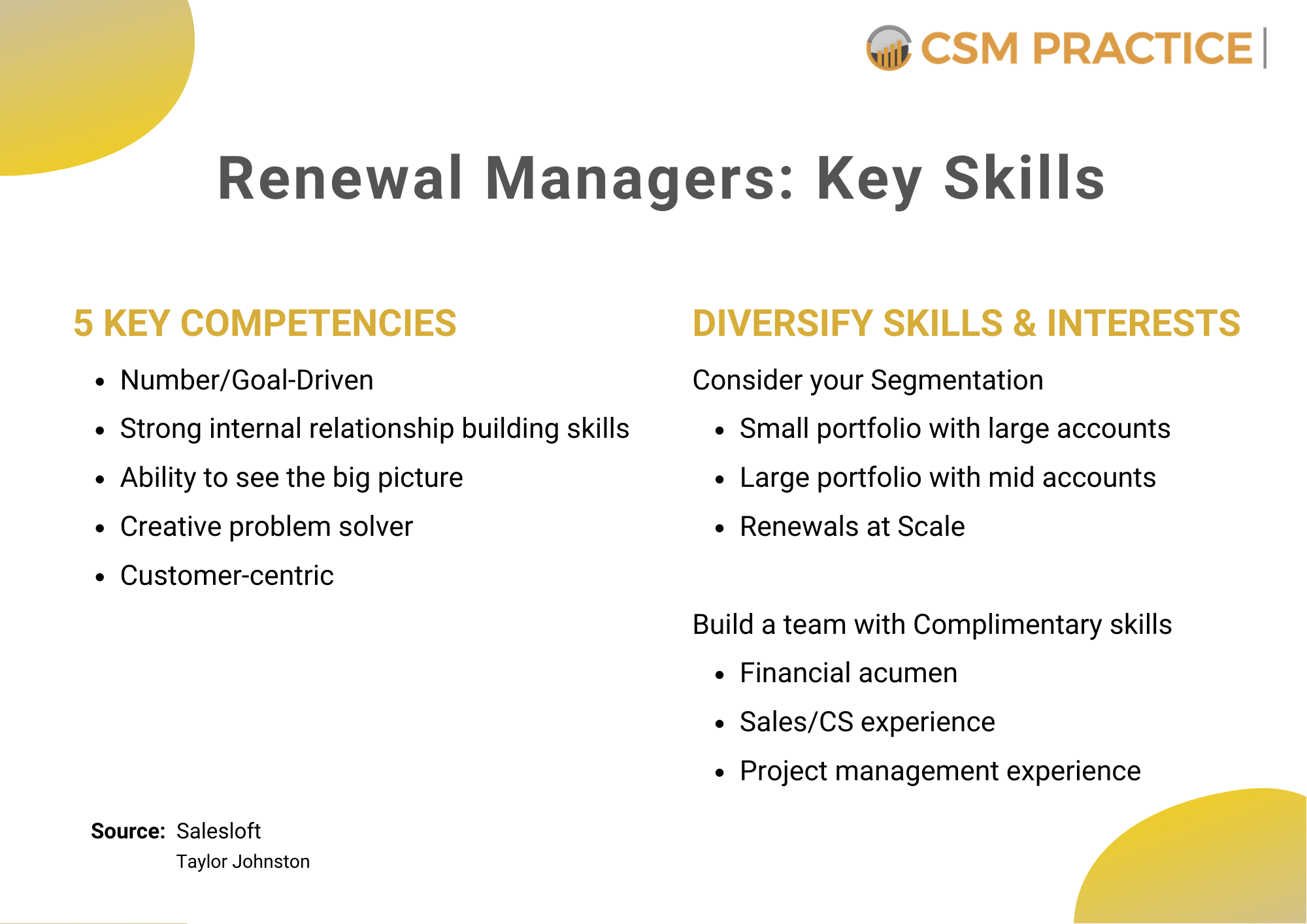
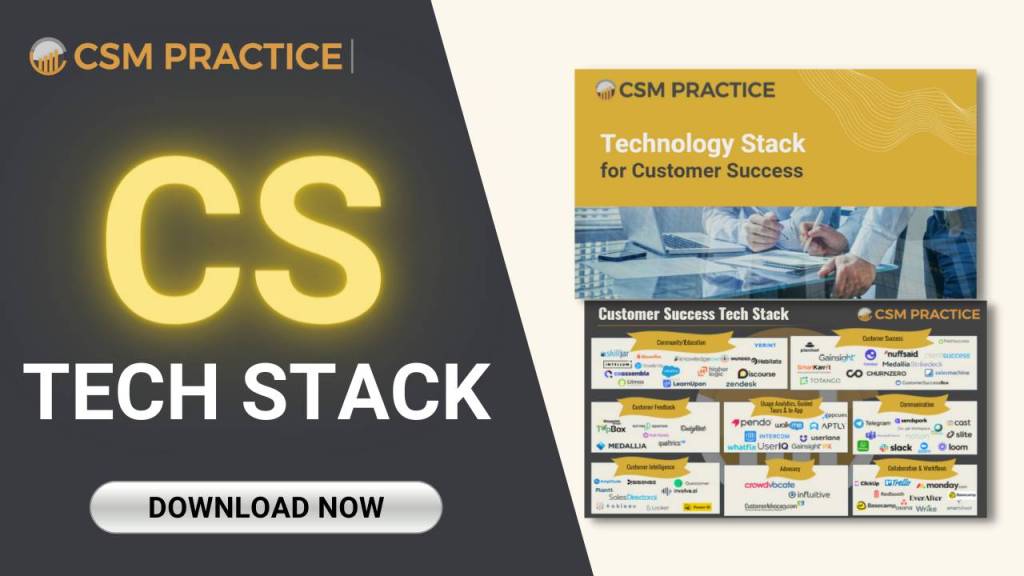
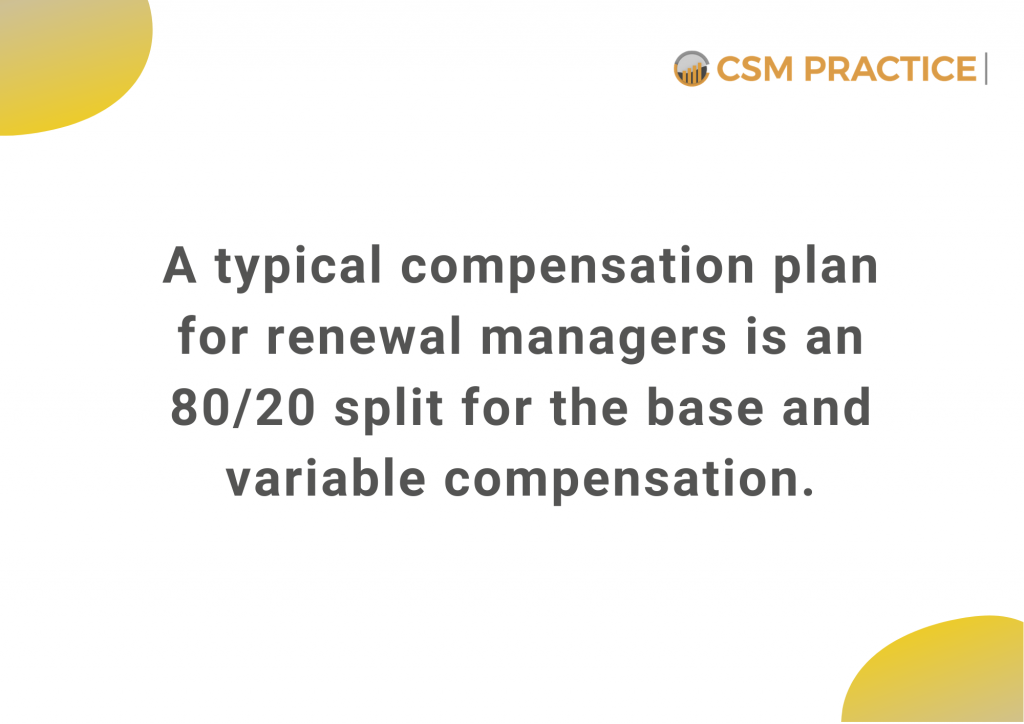
March 8, 2021
My family members always say that I am killing my time here at web, except I know I am getting familiarity daily by
reading thes fastidious articles or reviews.
March 9, 2021
Thank you for your appreciation. We acknowledge your ideas and opinions. Please sign up for our newsletter. Click Here